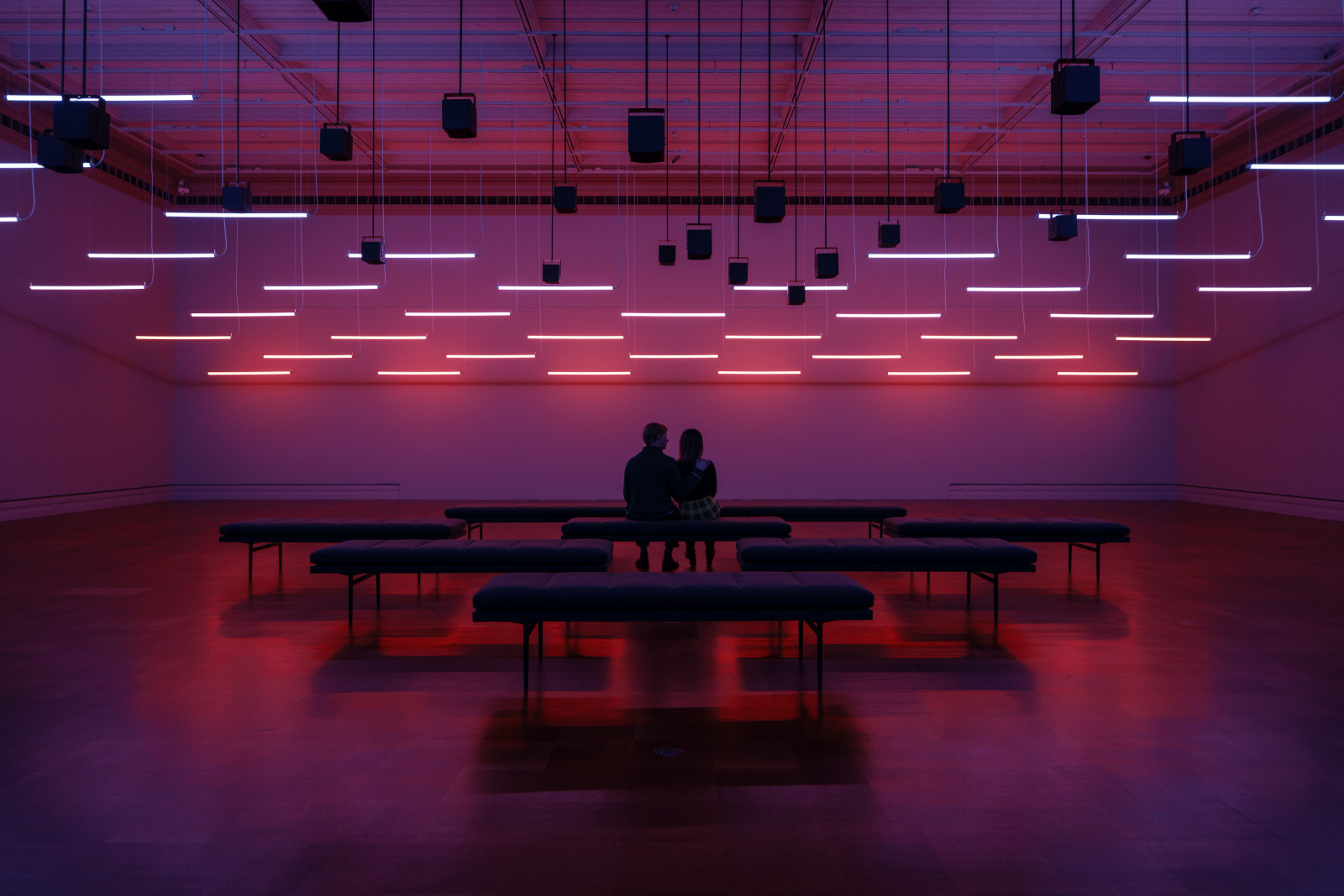Ax Head with Boar Motifs
Ax Head with Boar Motifs
Place of OriginIran, probably from Luristan
Date750-650 BCE
Dimensions4 1/4 × 8 3/8 × 1 1/4 in. (10.8 × 21.3 × 3.2 cm)
Socket: 1 1/4 in. (3.2 cm)
Socket: 1 1/4 in. (3.2 cm)
MediumCast bronze
ClassificationMetalwork
Credit LineGladys Lawson Art Fund
Object number
1988.49
On View
Toledo Museum of Art (2445 Monroe Street), Gallery, 02, Classic
DescriptionA cast bronze ax head with a flat blade and a curvilinear profile. A cylindrical socket features four boars' heads stacked vertically down its outer edge. A fifth, crouching boar sits on the top edge of the blade at its junction with the socket, facing the outer edge. A bronze rope design, described as "strands," begins at the necks of the boars' heads and extends across the socket area. The blade has an offset, profiled edge and is decorated with incised geometric patterns, including hatching in two directions, parallel lines, and zig-zag lines. The boars' facial features (mouths, eye sockets, ears) and the rope strands are also detailed with incised hatching.
Label TextThis bronze ax head was created by artisans in ancient Luristan, in western Iran, between 750 and 650 BCE. Its elaborate decoration suggests it was not a weapon, but a ceremonial object or a valuable grave offering. The perpendicular angle of the blade would make it impractical for combat. The design is dominated by five boars: a stylized boar crouches on the blade’s top edge, while four more boars' heads adorn the handle socket. Elegant incised geometric patterns ornament the blade.Comparative ReferencesSee also Moorey, P.R.S. et al., Ancient Bronzes, Ceramics, and Seals, Los Angeles County Museum of Art, 1981, pp. 20-327, esp. p. 25, no. 38.
cf. Ghirshman, Roman, The Arts of Ancient Iran, New York, 1964, pp. 41, ff., esp. 62-66.
Unidentified, Gorgoneion Group
about 560 BCE
1850-1865
about 600 BCE
Late 2nd to early 3rd century CE
probably 1870-1890
mid-19th century

Membership
Become a TMA member today
Support TMA
Help support the TMA mission
















